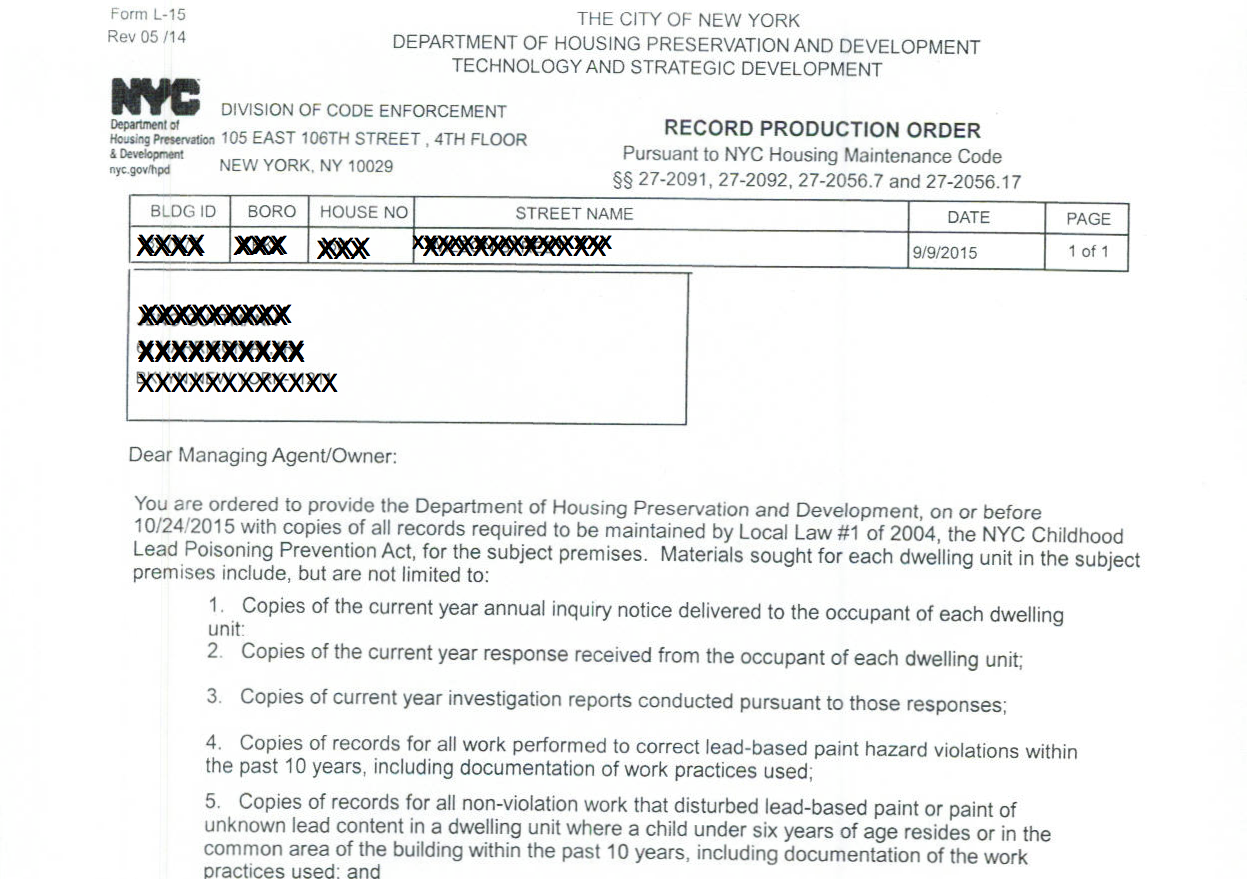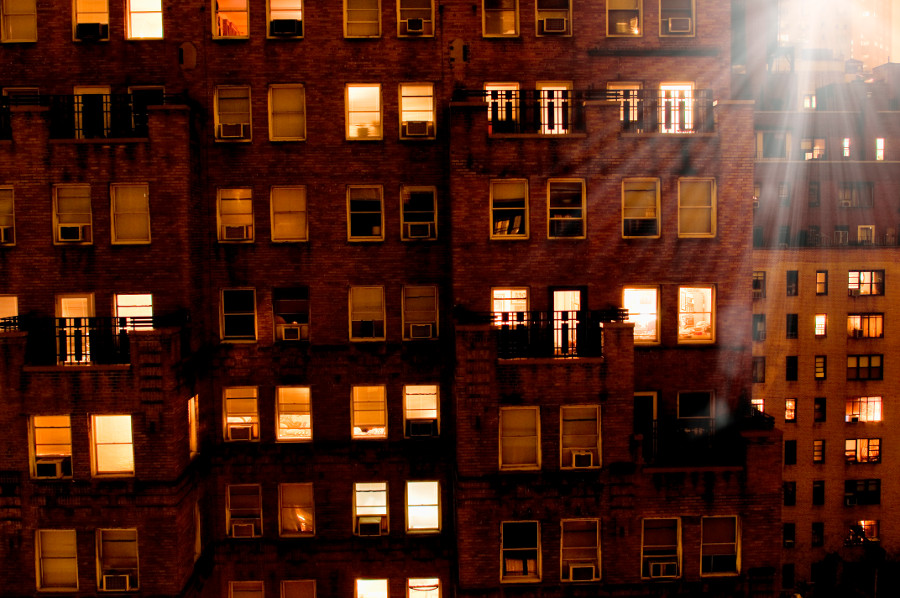[UPDATE December 2020]
We’re reposting our deep dive into Annual Safety Notice Mailings, as the January 1 requirement is fast-approaching!
- What is an HPD Audit?
- What is the penalty for failure to comply?
- How do I protect my buildings?
- What does the law require?
- What are the penalties for non-compliance?
- What are the recent Fire Safety Guide changes I need to be aware of?
- How do I get organized?
- What about the new gas leak notifications?
Completing tenant mailings for over 500K+ apartment units each year means we are the industry experts when it comes to getting mailings done in the least amount of time, while still protecting your business and staying compliant.
What is an HPD Audit?
There’s a big risk when it comes to safety notices season: an HPD Audit.
The HPD Lead-based Paint Inspection (COTA) Unit may issue a “Record Production Order” to a specific building in order to ascertain that safety mailings were sent in compliance with Local Law 1 of 2004 (The Childhood Lead Poisoning Prevention Act).
The Record Production Order requires the owner of the building to provide documentation around mailing delivery, responses, inspections, abatement work, and any work done in those units that may have disturbed the paint.

What is the penalty for failure to comply?
If you don’t comply with the Record Production Order, the penalty is a class “C” immediately hazardous violation, which carries a civil penalty up to $1000.
That’s just the tip of the iceberg, though – not complying with an agency order opens your business up to enormous risk of future inspections, further violations, emergency repair charges and more. Long story short – stay on top of any Record Production Orders!
How do I protect my buildings?
Keeping mailings information organized is key. If you’re a SiteCompli customer, our platform stores building and unit information alongside all the work your team does throughout mailings season (inspections, follow-up work and installations).
This year we’re enhancing our platform, with the ability to generate Audit materials instantly in case you receive a Record Production Order. If you have questions about anything Audit or safety mailings related, don’t hesitate to reach out to us at support@sitecompli.com.
What does the law require?
As with most NYC compliance requirements, Annual Safety Notice Mailings is a multi-step process: everything listed here is required by law.
All tenants of residential buildings must receive the following annually:
- Fire Safety Guides
- Window Guard Notices
- Lead Paint Notices
You are responsible for:
- Ensuring all tenants are sent the required forms and information
- Tracking and storing all tenant responses and follow-up efforts for tenants who do not respond
- Any work to be completed as responses are received: inspections for lead paint and any required window guard installations
- Notifying the Department of Health and Mental Hygiene (DOHMH) in any case where you are unable to determine if a child lives in a unit
- Maintaining records of sent mailings, follow-up efforts and tenant responses for 10 years to avoid penalties and criminal liability
What are the penalties for non-compliance?
Important: there are incalculable financial and criminal risks in the case of an accident at one of your buildings – from increased insurance rates to jail time.
In additional to criminal charges and civil penalties, the DOHMH and FDNY levy fines ranging from $500 to $5000 per violation if you do not comply.
In additional to criminal charges and civil penalties, the DOHMH and FDNY levy fines ranging from $500 to $5000 per violation if you do not comply.
Long story short: you do not want to be in a situation where cutting corners on sending annual safety notice mailings leads to an accident, increased liability or a lawsuit.
What are the recent Fire Safety Guide changes I need to be aware of?
Important: there were changes to fire safety notices in 2018, and we’ve documented them all here, in a separate blog post. The FDNY updated which notices must be sent to tenants surrounding Fire & Emergency Preparedness, and also now creates a yearly Bulletin to supplement that information.
If you’re a SiteCompli Annual Safety Notice Mailings customer, these will be part of your annual mailings package sent to your tenants.
How do I get organized?
- Make sure your tenant rent rolls are updated with unit number, tenant name, phone number, and email
- Meet with your team to determine who will be handling follow-up work like lead-paint inspections and window guard installations
- If you’re a SiteCompli customer, get in touch with your representative to get your mailings set up for this year, noting any changes to your buildings since last cycle
The key to avoiding the aforementioned risks the getting organized early, and having a compliance partner who can guide you through every step of the process. Our team is always available to discuss this annual requirement, so don’t hesitate to reach out to cement your mailings and follow-up plan.
What about gas leak notifications?
While the requirements for gas leak notifications aren’t part of the annual safety notice process, you are required to provide this information with new leases and lease renewals. Read our blog post to get more information about this rule.
The end of the year is an incredibly busy time for property owners and managers. Making sure you understand the process behind Annual Safety Notice Mailings and drafting a plan to tackle mailings & follow-up is a critical year-end task.

